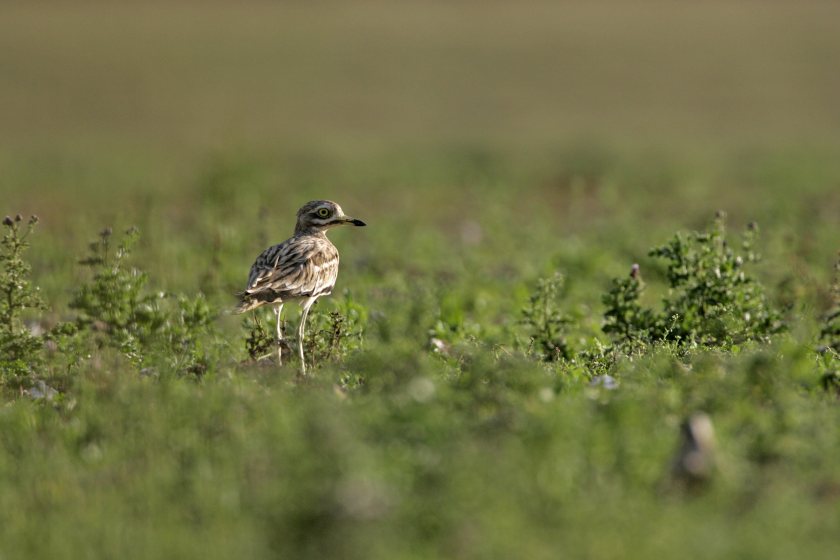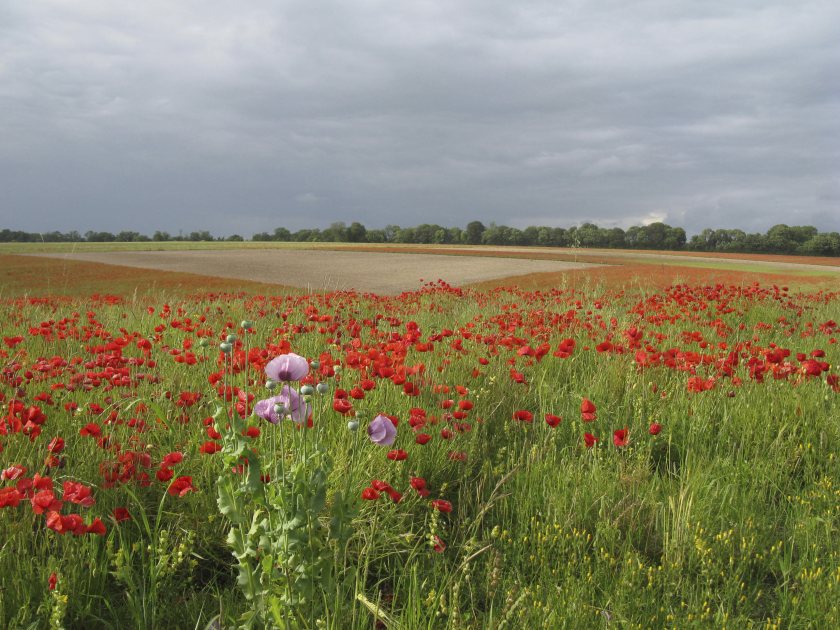
Stone-curlew are making a triumphant comeback across southern England and East Anglia, with the RSPB hailing work done by farmers for the increase.
Record numbers of the bird can now be found on RSPB nature reserves during spring and summer, the UK's largest nature conservation charity said.
Once found across much of Eastern and Southern England, the species, which breeds on farmland, experienced declines until work started to recover numbers in the 1980s.
Since then, conservationists, farmers and land managers have been restoring and protecting suitable nesting sites across Norfolk, Suffolk and Wessex.
Work has been undertaken to protect nests and create safe nesting habitat on farmland, while restoring and creating suitable grassland habitats.
Alongside suitable farmland, nature reserves such as RSPB Minsmere and RSPB Winterbourne Downs are also providing a safe haven.

RSPB England's director, Nick Bruce-White, said that nature friendly farming methods had helped boost numbers of the peculiar looking birds.
"With these enchantingly wide-eyed birds migrating to our shores to raise the next generation, we must do all we can to ensure they have enough suitable habitat to nest on," he said.
"It is only through working in collaboration with likeminded farmers, landowners and partners that we can continue to see a rise in species like the Stone-curlew here in England.”
However, there is worry: “With current uncertainty over the nature of future support through agri-environment schemes, there is much to be done to secure a long-term future for this species.
"Now, more than ever, our farmers need the guarantee of support from the government through these schemes, empowering farmers to deliver for wildlife, climate and long-term food security."
